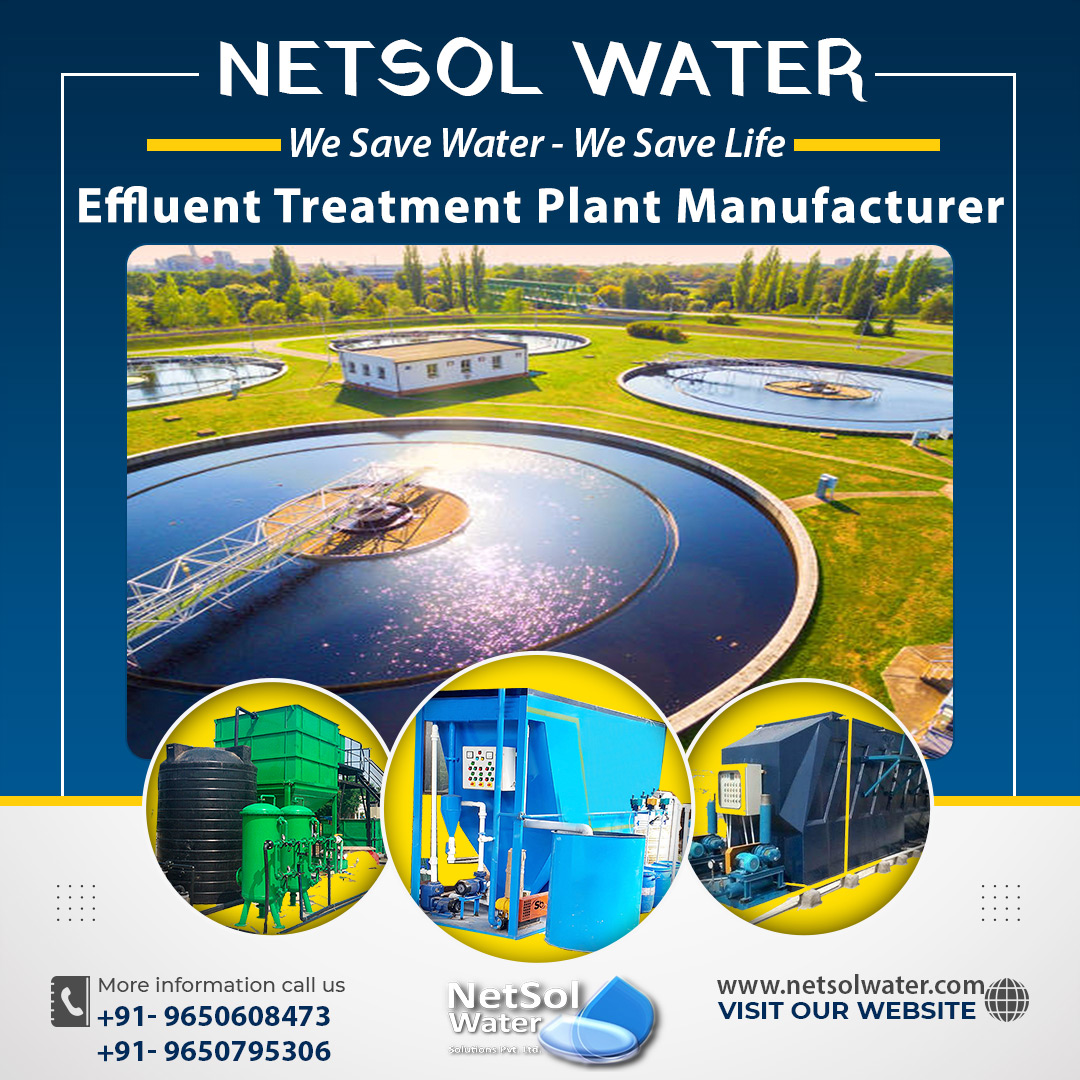How is Effluent transported in Common Effluent Treatment Plants?
The process of gathering, transferring, treating, and disposing of industrial effluent, is known as a common effluent treatment plant (CETP). It aids small and medium-sized businesses, in getting rid of their effluents.
Several company clusters in India have installed, and are operating common effluent treatment plants. They help small-scale business centres that lack funding, for one or more treatment facilities. This is achieved by lowering effluent treatment costs, increasing collective treatment, and lowering land expenses. But, have you ever considered how effluent is transported in the common effluent treatment plant?
Factors to consider before choosing a transportation system
Before choosing a system for conveyance, you have to consider the following factors:
· The topography of the area,
· The type of effluent to be transported,
· The location of the treatment facility in the area, and
· The cost.
Transportation system in Common Effluent Treatment Plants (CETPs)
In addition to making plant operations easier, the transportation system is crucial to the cost-effectiveness of the treatment. The following are the most common methods of collecting effluents, from various industries and sending them to a CETP:
· Tankers,
· Pipes,
· Open channels, or a combination of these.
A: Tankers
Tankers are probably the greatest option, if the industrial park is still in its early stages of development, and houses largely small-scale enterprises. Additionally, a tanker system may be less expensive, than alternative methods over short distances. The system's design features include, selecting a container material that is appropriate for all types of wastes to be transported, selecting vehicle types and sizes that are appropriate for the transport routes, selecting the number of vehicles, and creating safe handling procedures for hazardous materials.
B: Pipe system
If the member industries are all similar, then this approach would work. When participating businesses are situated close to the CETP, it is practicable to transfer pre-treated wastewater using an underground piping network. When the industrial estate is fully built and inhabited with industrial units, or when all of the individual units are close to one another, piping systems are particularly useful.
Note 1: Sulphide and sulphate content in the inlet effluent must be taken into consideration, while designing the piping system for CETP, in order to prevent pipe corrosion. The predicted pressure of the influent flow, and qualities must be taken into account while choosing the pipes and couplings.
Note 2: When it comes to gravity pipes, installing suitable-sized manholes every 30 metres (m), and at directional changes will aid in cleaning and maintenance.
Note 3: Each enterprise, however, must plan for the storage of pre-treated effluents in their facilities, with enough detention time and locking arrangements.
C: Open-channel systems
These are susceptible to rainwater intrusion, and may subject treatment plants to overburdening loads during the rainy season. Compared to sewers, open channels encased with concrete are typically more cost-effective.
D: Combination of the above systems
Depending on the local circumstances, a combination of these three systems may be used in real practice, such as an open channel with manufacturing premises, tanker conveyance up to the terminal pumping station, and the connection of the terminal pumping station to the CETP, via a pumping system.
Movement of Effluent through the transportation systems
Individual collection systems and collection sumps can be created for each phase or block of an industrial estate, if it is divided into numerous phases or blocks. From these collection tanks, the effluent can subsequently be pumped to a main tank for transportation.
The topography, undulations, road alignments, flow characteristics, groundwater table, infiltration, flushing requirements, appurtenances, etc. are all taken into account, during the final design of a collecting network.
Conclusion
The collection and delivery system is one that can't be quickly and affordably expanded in the future. Therefore, sufficient spare capacity must be added to the collection system to satisfy future needs. On the other hand, if a collecting system is built early on (with spare space for future needs), a lot of money is blocked with little to show for it. Second, because the system would be overdesigned for the current flow, suspended solids could settle inside the piping systems. It means, the tanker transportation of wastewater may be a superior option in these circumstances.
Best Manufacturer of Common Effluent Treatment Plants in India-Netsol Water
In order for the business to meet the needs and expectations of its clients and consumers, we have a team of highly qualified and experienced specialists, who supervise all aspects of quality. We make sure that the effluent in Common effluent treatment plants is transported in proper way. In addition to taking your calls and talking with you about your concerns, we are also dedicated to making sure that your effluent treatment is always reliable.




